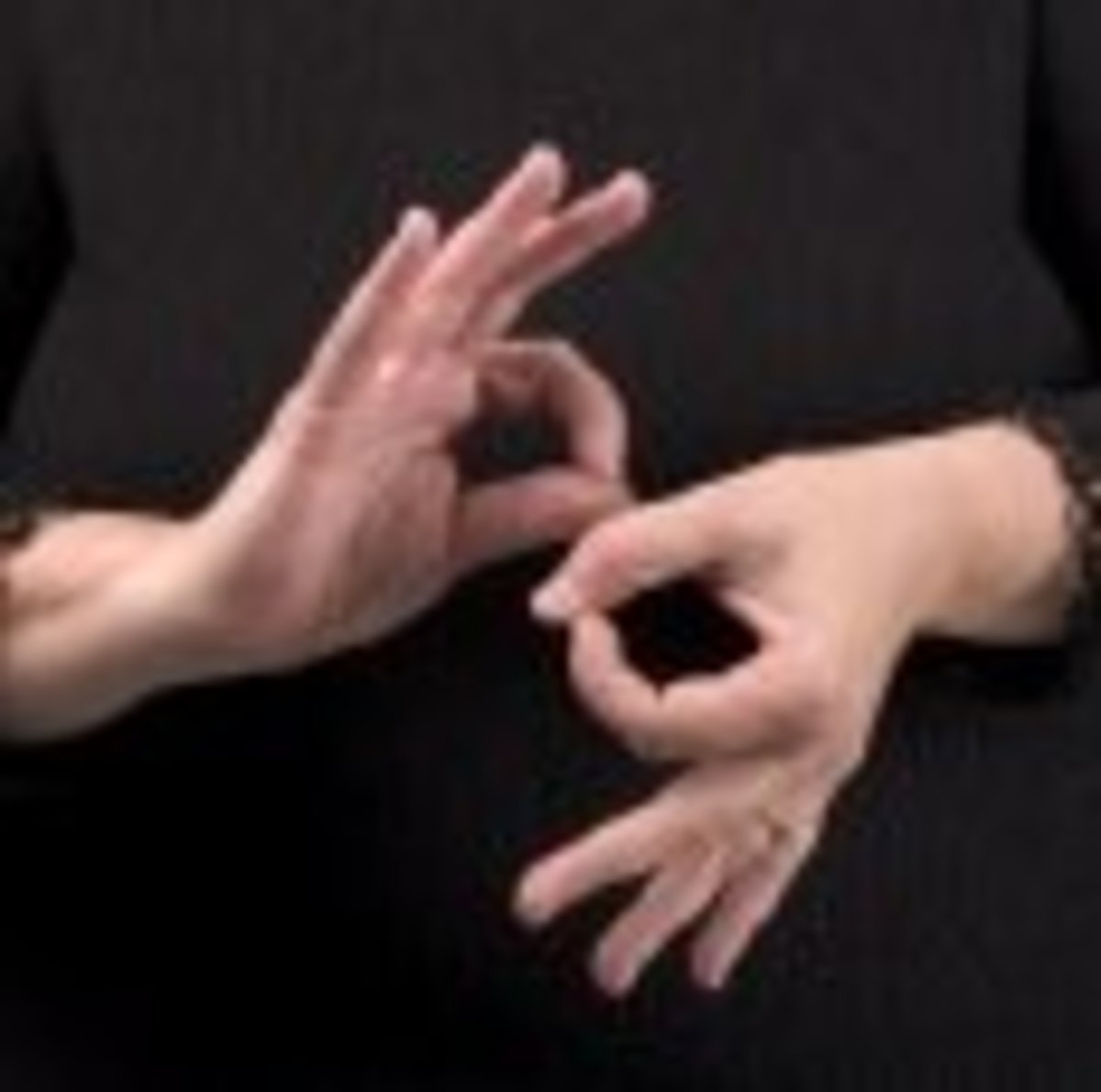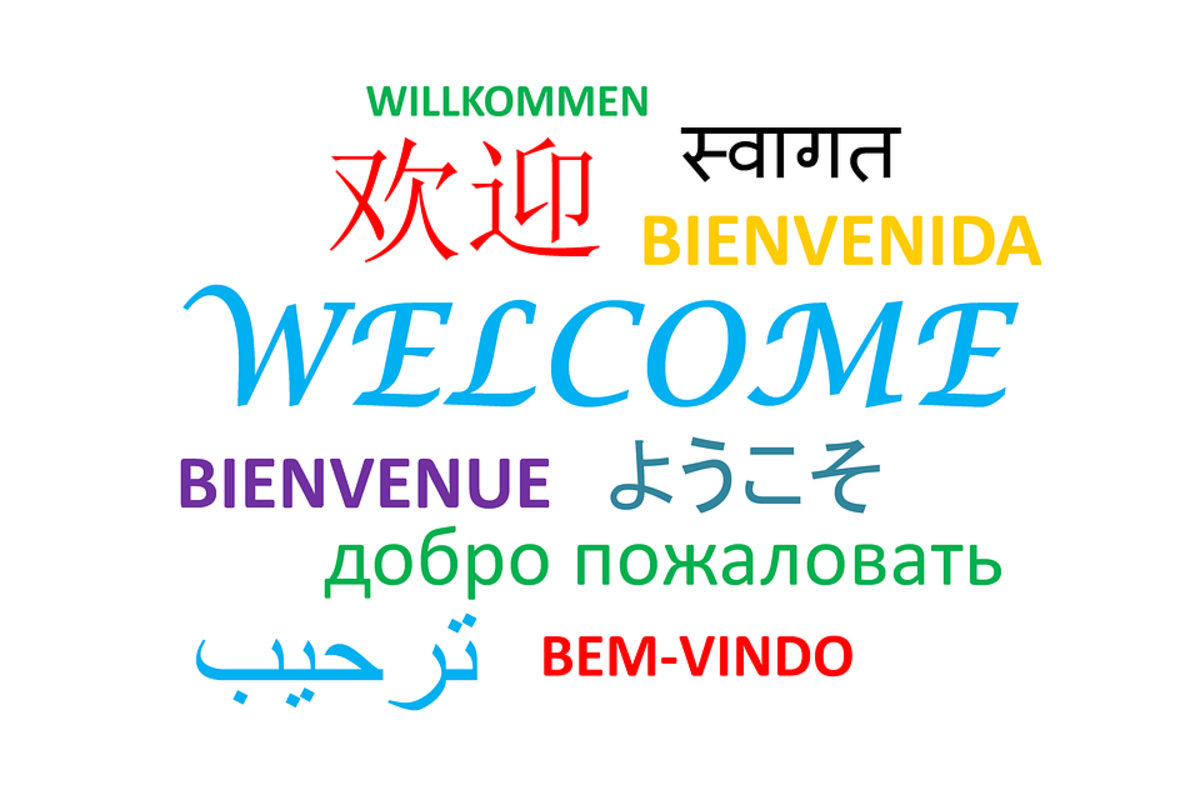Learn Sign Language - Tips for beginners
Sign Language is Easy, Applicable and Accessable
I took American Sign Language I & II during my 8th and 9th grade years. After the span of these two years, I was able to carry a more than decent conversation with some deaf friends that I had met at church. Learning Sign Language is extremely useful in our day and is a quick learn compared to most (if not all) other languages.
I remember many circumstances where I have encountered a deaf customer at work or at a grocery store and I was the only hearing person in the building that knew Sign Language.
Teaching Sign Language to Babies
An infant's cognitive capacity is much greater than their verbal ability, this can be frustrating to a baby and lead to tantrums. Although their verbal skills are lacking, they have developed motor skills and are quite able to learn sign language: In the past decade there has been a rise in teaching babies Sign Language. They often have a large vocabulary of signs before they are able to say a single word. In his research, Joseph Garcia stated that a baby who sees Sign Language frequently in their sixth and seventh month, will effectively be able to use Sign Language in their eighth and ninth month.
Tips for Learning Sign Language
There are many resources for learning ASL (American Sign Language). Some of these are:
- Websites filled with sign language vocabulary
- Illustrated books teaching vocabulary ('Talking with your hands, Listening with your eyes' comes highly recommended)
- Youtube videos of Sign Language conversations or lessons
- DVD's of sign language lessons ('Sign-A-Lot, The Big Surprise! A "hands on" adventure' is also highly recommended)
Along
with this, I recommend keeping a notebook with different sections of
vocabulary (family, people, pronouns, etc.) listed. I used to practice
through these signs weekly and highlight the ones that do not come
naturally. Then I would take all of the highlighted signs and repeat them until they felt natural.
Another helpful tip to Learn Sign Language is to practice in front of a mirror. You can do this for just a couple minutes in the bathroom every morning (although it is recommended that you spend a bit more time at least a few times a week). Signing in front of the mirror is very important because it engages both your kinesthetic and visual learning. It also prepares you for a true conversation. If all you do is practice your signs without seeing what it looks like to be signed to, you may be ready to give a 'speech', but you would not be ready to have a conversation.
Practice with friends.
The last and most important tip is to find a deaf community that you can be around. Practicing in real circumstances is the only way that you will truly learn Sign Language. Deaf people are often very patient with those who are trying to learn sign language. They are also thrilled to meet new people and are touched by a hearing person's effort to learn their culture.








